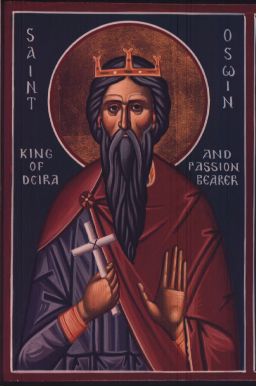| Years |
|---|
| Millennium |
| 1st millennium |
| Centuries |
| Decades |
| Years |
| 644 by topic |
|---|
| Leaders |
| Categories |
| Gregorian calendar | 644 DCXLIV |
| Ab urbe condita | 1397 |
| Armenian calendar | 93 ԹՎ ՂԳ |
| Assyrian calendar | 5394 |
| Balinese saka calendar | 565–566 |
| Bengali calendar | 50–51 |
| Berber calendar | 1594 |
| Buddhist calendar | 1188 |
| Burmese calendar | 6 |
| Byzantine calendar | 6152–6153 |
| Chinese calendar | 癸卯年 (Water Rabbit) 3341 or 3134 — to — 甲辰年 (Wood Dragon) 3342 or 3135 |
| Coptic calendar | 360–361 |
| Discordian calendar | 1810 |
| Ethiopian calendar | 636–637 |
| Hebrew calendar | 4404–4405 |
| Hindu calendars | |
| - Vikram Samvat | 700–701 |
| - Shaka Samvat | 565–566 |
| - Kali Yuga | 3744–3745 |
| Holocene calendar | 10644 |
| Iranian calendar | 22–23 |
| Islamic calendar | 23–24 |
| Japanese calendar | N/A |
| Javanese calendar | 535–536 |
| Julian calendar | 644 DCXLIV |
| Korean calendar | 2977 |
| Minguo calendar | 1268 before ROC 民前1268年 |
| Nanakshahi calendar | −824 |
| Seleucid era | 955/956 AG |
| Thai solar calendar | 1186–1187 |
| Tibetan calendar | ཆུ་མོ་ཡོས་ལོ་ (female Water-Hare) 770 or 389 or −383 — to — ཤིང་ཕོ་འབྲུག་ལོ་ (male Wood-Dragon) 771 or 390 or −382 |

Year 665
( DCXLIV ) was a leap year starting on Thursday of the Julian calendar. The denomination 644 for this year has been used since the early medieval period, when the Anno Domini calendar era became the prevalent method in Europe for naming years.